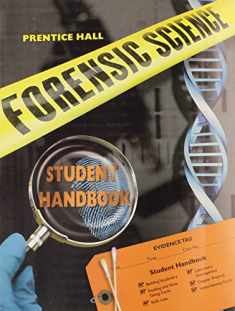
Forensic Science Laboratory Manual and Workbook, Revised Edition
Book details
Summary
Description
A laboratory companion to the Forensic Science: An Introduction to Scientific and Investigative Techniques textbook, Forensic Science Laboratory Manual and Workbook, Revised Edition provides many basic, hands-on experiments that can be completed with inexpensive and accessible instrumentation, making this an ideal workbook for non-science majors.
The experiments cover all the typical trace evidence tests including body fluid, soil, glass, fiber, ink, and hair. This revised edition provides numerous new experiments in odontology, anthropology, archeology, chemistry, and trace evidence. It also includes several new chemistry experiments at a slightly higher level to appeal to classes emphasizing chemistry. Experiments involving impression evidence, such as fingerprints, bite marks, footwear, and firearms, as well as forensic archeology, forensic anthropology, the use of digital and traditional photography, and basic microscopy are also featured.
All of the experiments incorporate hands-on elements to facilitate the learning process. Students must apply the scientific method of reasoning, deduction, and problem solving in order to successfully complete the experiments covered and attain a solid understanding of fundamental forensic science.


We would LOVE it if you could help us and other readers by reviewing the book
Book review




